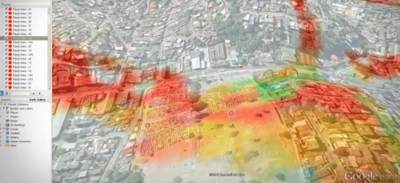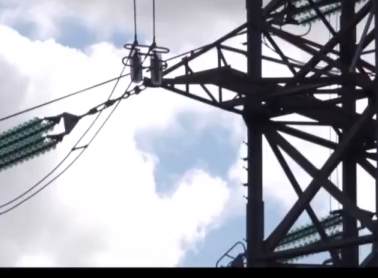| Data Analytics for Weathering Storms |
| Written by Kay Ewbank | |||
| Saturday, 03 November 2012 | |||
|
IBM and its partners are working to make sure the lights stay on when storms hit. Big Blue is using predictive analytics and hyper-local weather predictions to help electricity companies keep supplies working, no matter how bad the storms are. IBM has announced the launch of the Smarter Energy Research Institute, a new industrial collabortation model to improve the balance between energy supply and demand. IBM will working alongside Canada’s Hydro-Québec; the Netherlands’ Alliander, and DTE Energy in the USA. The research is drawing on predictive analytics, optimization, visualization and advanced computation. The thinking is that power companies already have sensors in place that provide data about the current state of their assets. The Institute wants to add more capabilities for predicting how that state might change. To do this they’re layering algorithms that connect new data, such as weather information, on top of the data already available.
Deep Thunder is one such analytical tool. IBM researchers say that it overcomes the problem of typical weather forecasts being on a scale that is too broad for a utility to use as a prediction of what they (and their customers) may face. Deep Thunder makes hyper-local accurate weather predictions, and helps measure the potential impact that weather may have on utilities.
A utility company could use these outage predictions to assess the actions to take before a storm hits; the likely damage it may cause; and the restoration resources required. This work is making use of coupled-predictive models that show days in advance the impact that a storm would cause on the electrical grid, so the utility company could preemptively position crews and resources to make sure power restoration can happen as swiftly as possible. Lloyd Treinish, Chief Scientist on Deep Thunder, says on the Smarter Planet blog that with the system in place, Deep Thunder could have provided a detailed, 18-hour warning for the derecho that caused power outages in Maryland, Virginia and the District of Columbia in June 2012. A derecho is a rare type of severe windstorm for the eastern half of the US that was unexpected by local authorities and that left millions to deal with sweltering temperatures without power or air conditioning. This video shows how Deep Thunder provided predictive information that help Rio de Janiero cope with floods with improved emergency response times:
It’s not just weather systems such as storms that are being included in the analysis that the Smarter Energy Research Institute will undertake. Distribution networks are having to incorporate all different kinds of energy sources, from renewables such as wind and solar, to standard coal, gas, and nuclear energy. Renewables in particular make it difficult to work out how much power a company has available. The European Union wants 20 percent of its member countries’ electricity to come from renewable sources such as wind, water and solar power. Such sources don’t provide fixed amounts of power, and the utility companies will need ways to shift power to places where the amount available is showing a shortfall. The Institute is also working on smart predictive meters and other responsive devices that could also shift loads to places of need, say to a neighborhood charging hundreds of electric vehicles. The launch video for the Smarter Energy Research Institute explains how the new partnership hopes to both mitigate disasters and promote green energy:
More InformationRelated ArticlesTwitter Can't Predict Elections Either
Comments
or email your comment to: comments@i-programmer.info
To be informed about new articles on I Programmer, install the I Programmer Toolbar, subscribe to the RSS feed, follow us on, Twitter, Facebook, Google+ or Linkedin, or sign up for our weekly newsletter.
|
|||
| Last Updated ( Saturday, 03 November 2012 ) |




